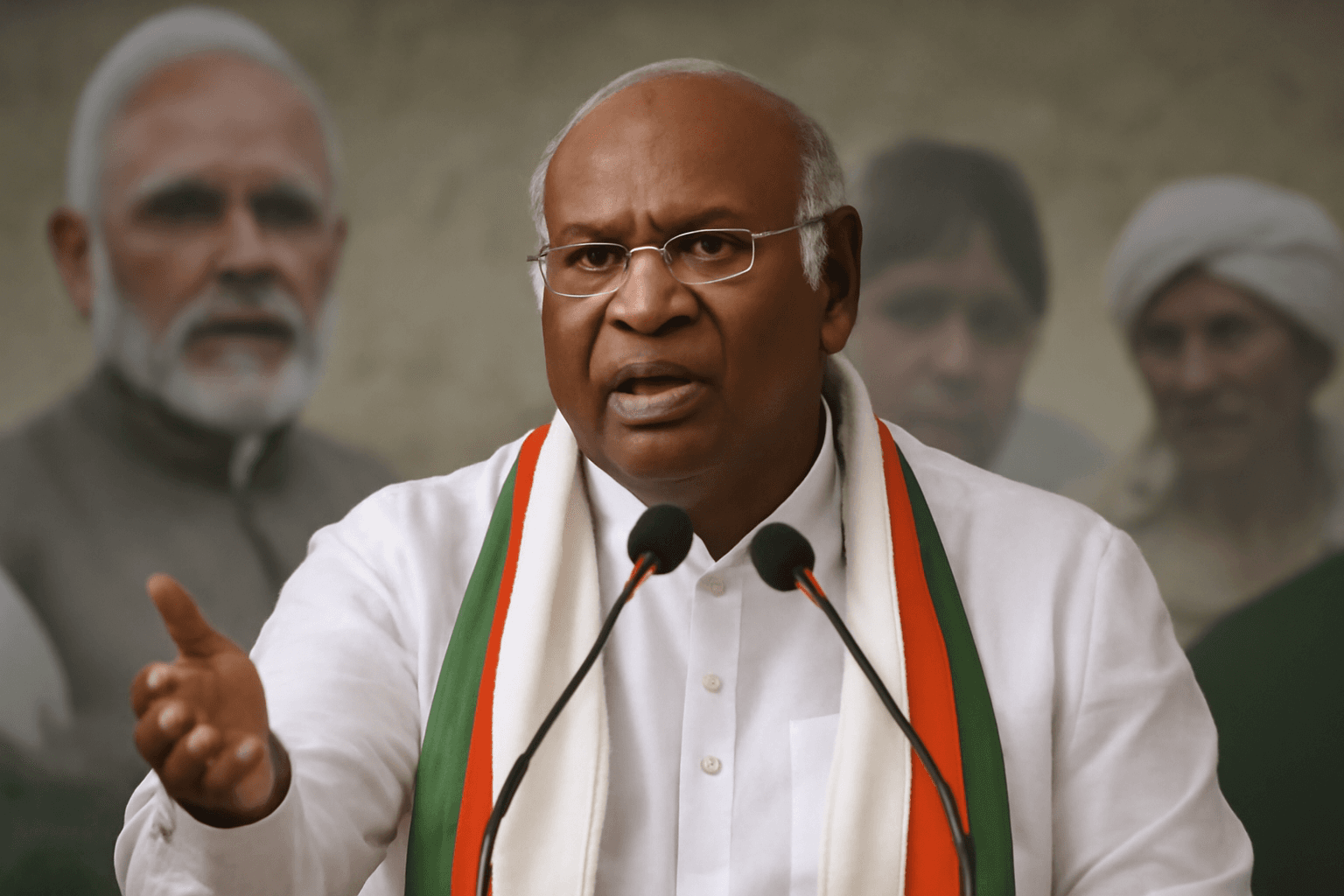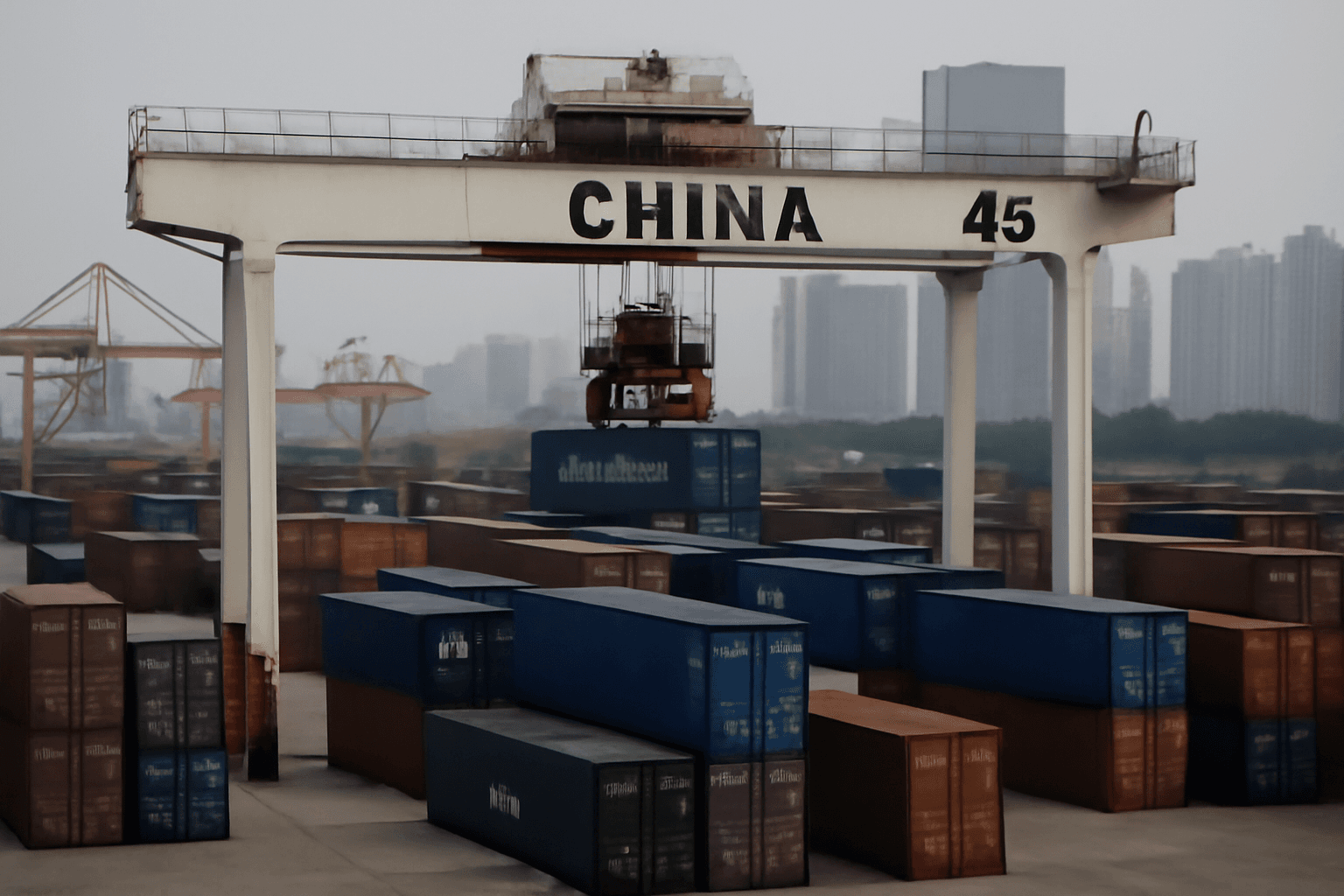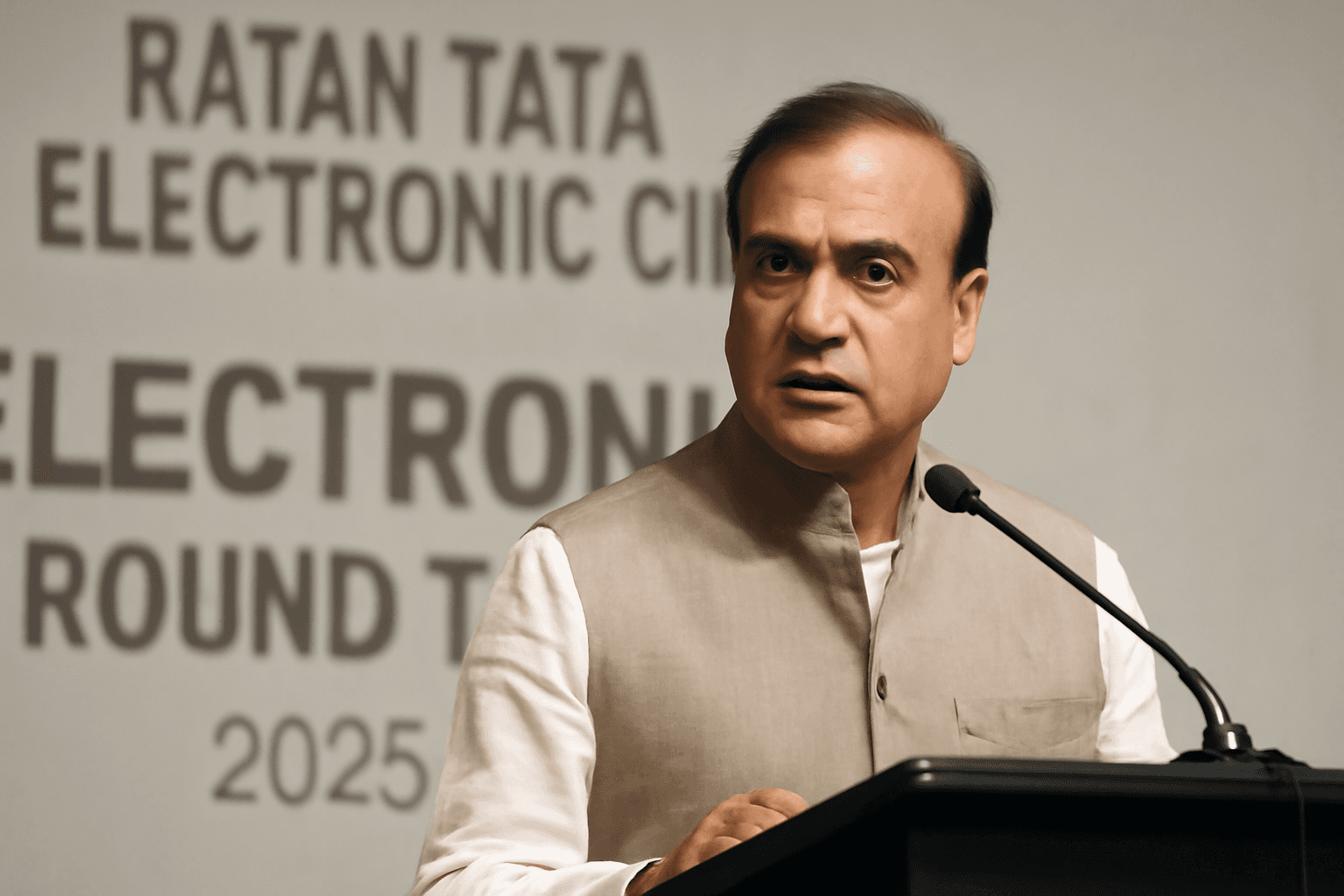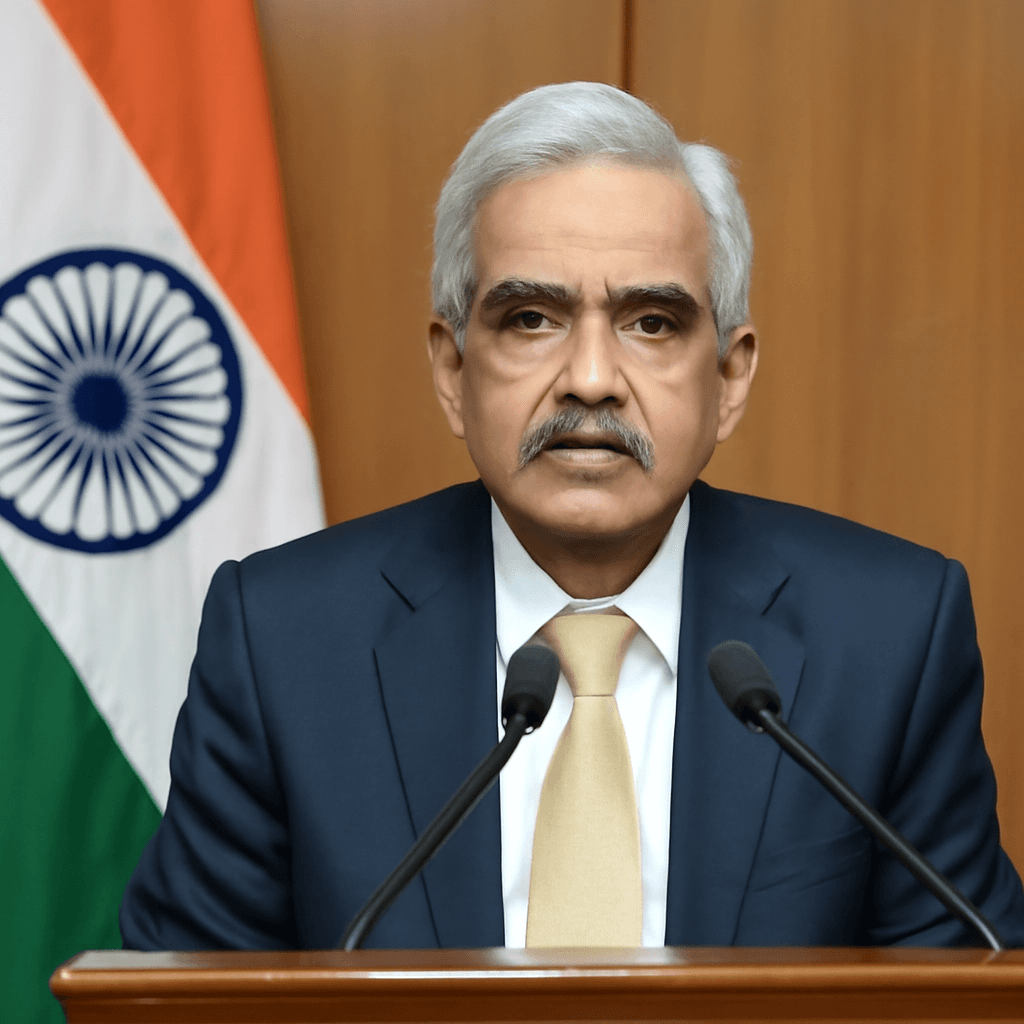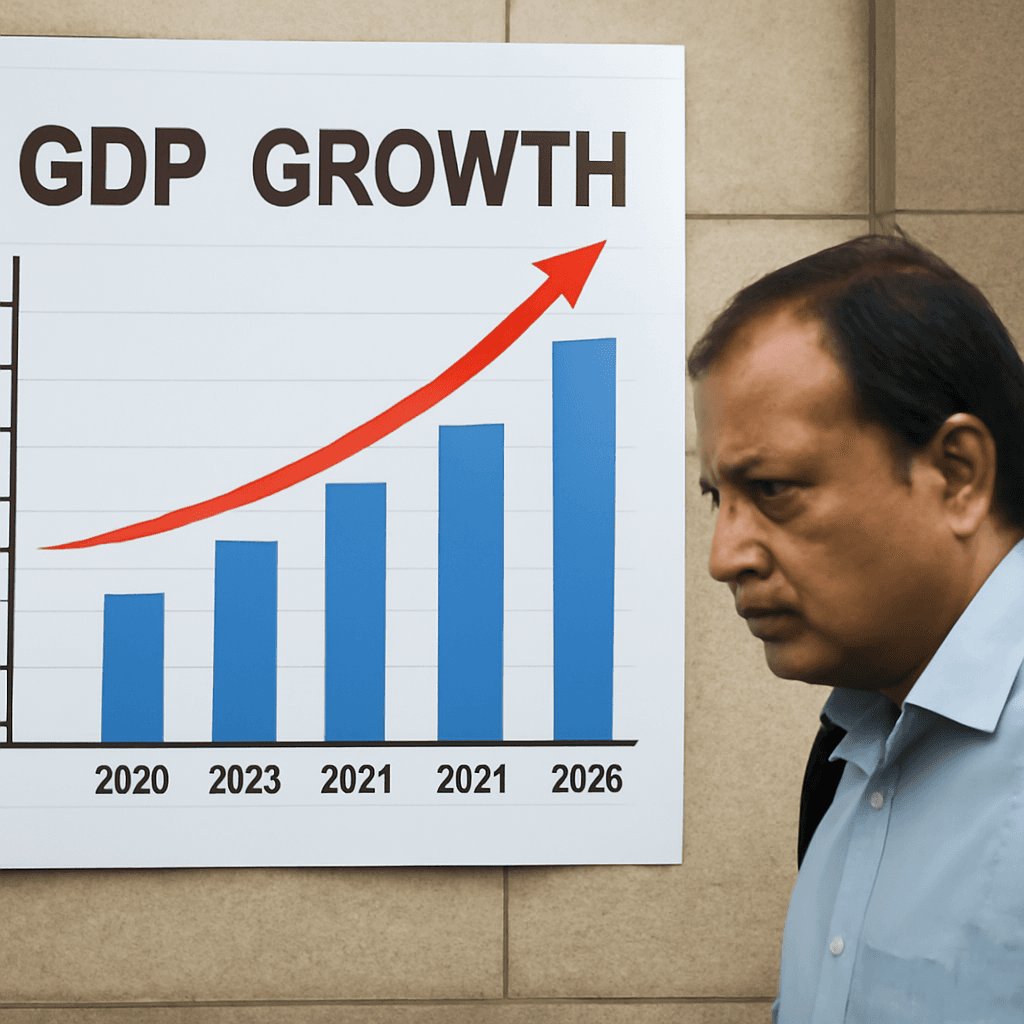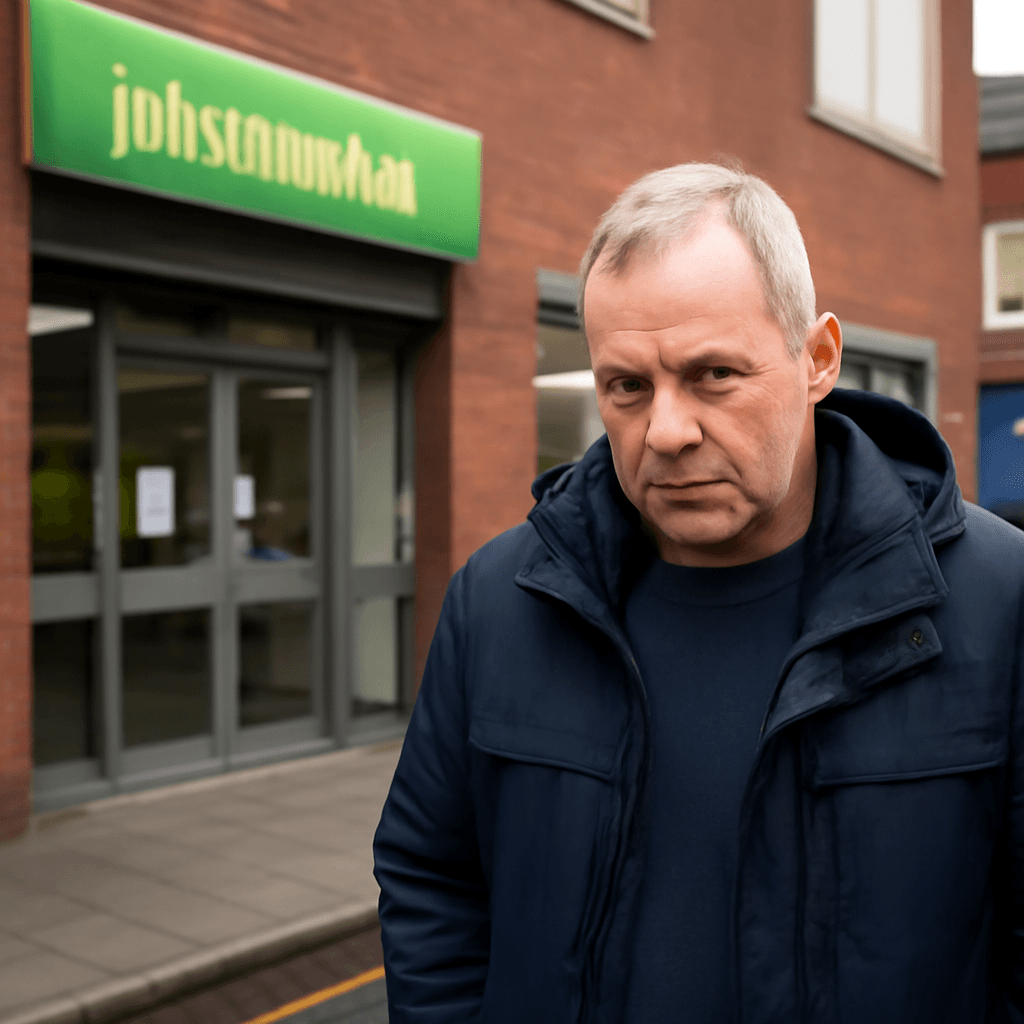UK Economy Shows Resilient But Uneven Growth in Second Quarter of 2025
In a surprising twist amid a backdrop of global economic fragility and domestic challenges, the UK economy expanded by 0.3% in the second quarter of 2025. This growth rate, reported by the Office for National Statistics (ONS) on August 14, significantly outpaced economists' forecasts, which predicted a modest 0.1% rise. However, this marks a slowdown from the vigorous 0.7% growth recorded in the first quarter.
Mixed Performance Across Months and Sectors
April and May saw sluggish economic activity, influenced partly by the front-loading of transactions ahead of changes in stamp duty and tariffs earlier in the year. But June brought a robust rebound with monthly growth reaching 0.4%, signaling some renewed business confidence despite ongoing global uncertainties, including lingering effects of U.S. tariffs.
Services emerged as the primary driver of growth during the quarter, particularly in fields like computer programming, healthcare, and vehicle leasing. Construction also contributed positively, whereas industrial production experienced a slight decline. Notably, production's performance improved in June, buoyed by stronger electronics manufacturing and automotive sectors.
Monetary Policy and Market Reaction
Following the data release, the British pound remained steady against the U.S. dollar, trading at approximately $1.3577. This stability reflects cautious optimism among investors, tempered by ongoing challenges such as inflationary pressures and labor market softness.
The Bank of England (BoE) had just reduced its benchmark interest rate from 4.25% to 4%, aiming to balance combating inflation—measured at 3.4% in May—with supporting growth. The BoE's Monetary Policy Committee displayed a divided stance, evidencing the delicate balance they must maintain amid geopolitical uncertainties and subdued economic momentum.
Political and Economic Voices Weigh In
UK Chancellor Rachel Reeves welcomed the growth figures but emphasized that more work remains to craft an economy that benefits working people. She acknowledged that despite possessing the foundational elements for success, the UK economy has felt "stuck for too long."
Meanwhile, Unite union leader Sharon Graham voiced skepticism, criticizing the Chancellor's fiscal policies as restrictive for economic expansion. She stressed the urgency for greater government investment in public services and industry, reflecting broader labor concerns about sustained economic stagnation.
Expert Perspectives: What Lies Ahead?
Economists remain cautious about whether this rebound can be sustained. George Brown, Senior Economist at Schroders, characterized the Q2 growth as a brief "breather" after a strong start to the year, warning that labor market weaknesses and inflation pressures may constrain future expansion. He suggested that the Bank of England is likely to hold interest rates steady for the remainder of 2025.
Ruth Gregory, Deputy Chief UK Economist at Capital Economics, noted that persistent headwinds—from a weak global economy to pending impacts of recent tax increases—are expected to dampen growth. Nonetheless, she recognized that the recent data introduces a slight upside risk to GDP forecasts for the year.
Underlying Themes and Policy Challenges
- Inflation vs. Growth: The BoE’s recent rate cut underscores the tension between suppressing inflation and fostering economic activity.
- Labor Market Dynamics: Softening employment conditions may relieve inflationary pressure but also reflect underlying economic fragility.
- Trade and Tariffs: Although uncertainties remain, some easing in trade tensions with the US hints at gradual normalization.
- Fiscal Constraints: Debates continue regarding the government's fiscal rules and their impact on public investment.
Editor’s Note
The UK's second-quarter growth offers a cautiously optimistic snapshot of an economy navigating persistent headwinds ranging from global shocks to domestic policy debates. While the rebound in June is encouraging, it raises critical questions about the sustainability of growth amid an evolving labor market and inflationary environment. Policymakers face the daunting task of balancing fiscal prudence with the urgent need for investment to unlock long-term prosperity—challenges that will define the UK’s economic trajectory in the months ahead.



